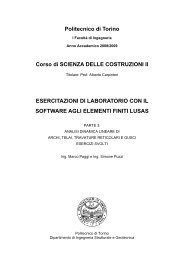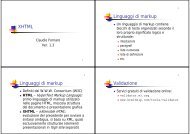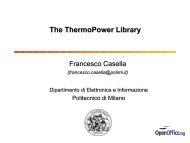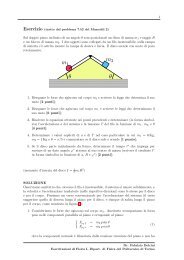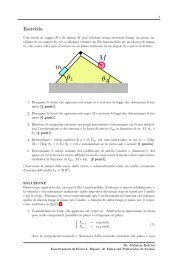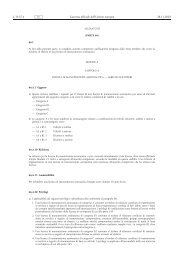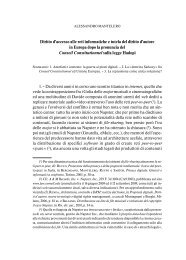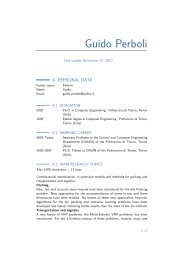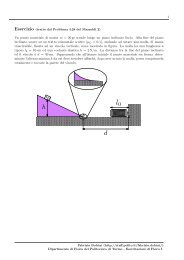The ITER toroidal field model coil project
The ITER toroidal field model coil project
The ITER toroidal field model coil project
Create successful ePaper yourself
Turn your PDF publications into a flip-book with our unique Google optimized e-Paper software.
214 A. Ulbricht et al. / Fusion Engineering and Design 73 (2005) 189–327<br />
Fig. 4.9. Energising both <strong>coil</strong>s to the maximum current of 49.5 kA in the TFMC and 11.3 kA in the LCT <strong>coil</strong> with a LCT <strong>coil</strong> winding operation<br />
temperature of 4.5 K.<br />
found during the evaluation phase and is included in<br />
Section 4.5.2.<br />
After a high voltage discharge from 6.3 kA, the recooling<br />
energy was 403 kJ, which is 75% of the stored<br />
energy (Fig. 4.11). In this case the efficiency of the<br />
energy extraction is poor because the time constant of<br />
the discharge circuit (∼27 ms) is much lower than the<br />
time constant of the structure (radial plates and case<br />
∼100 ms).<br />
4.3.2.2. Simultaneous operation at two temperature<br />
levels, 3 and 4.5 K. At the temperature level of 4.5 K,<br />
the LCT <strong>coil</strong> could be energised up to 11.3 kA only,<br />
but according to the test program an operation up to<br />
16 kA was required and for this a cooling temperature<br />
of the LCT <strong>coil</strong> winding down to 3.5 K was necessary.<br />
Steady state operation up to 16 kA was performed<br />
without problems at 3.5 K but two quenches occurred<br />
in the LCT <strong>coil</strong> during cycling current operation of<br />
the TFMC. It was found that the temperature margin<br />
was too small and as a consequence the operation<br />
temperature was reduced to 3 K for the further test<br />
runs. For an operation at reduced temperature (3 K),<br />
the 500 W refrigerator was used as mentioned above<br />
and explained in [53]. <strong>The</strong> operation in this mode is<br />
not automated and it was therefore only possible dur-<br />
ing daytime with operators present. <strong>The</strong> consequence<br />
was that the cool down from 4.5 to 3.5 K, respectively,<br />
3 K as seen in Fig. 4.12 had to be repeated every morning.<br />
In Fig. 4.13, temperature, <strong>coil</strong> current and heat<br />
load profile during the test at the rated <strong>coil</strong> current of<br />
70 kA in the TFMC and 16 kA in the LCT is shown.<br />
<strong>The</strong> cooling conditions are listed also in Table 4.4. In<br />
Fig. 4.14, the re-cooling after a safety discharge from<br />
the same <strong>coil</strong> current level can be seen including the<br />
energy required for the re-cooling. Only 2–3% of the<br />
stored energy was transferred to the cryogenic system<br />
after all the safety discharges and quenches of both<br />
<strong>coil</strong>s together and could be handled without problems.<br />
Most of the energy (97–98%) could be extracted and<br />
transferred to the dump resistor. <strong>The</strong> cooling requirements<br />
of the TFMC winding versus the <strong>coil</strong> current are<br />
shown in Fig. 4.15. In this diagram, it can be clearly<br />
seen that there is an additional heat load to the resistive<br />
and standby losses, which is explained in Section 6.1.3<br />
as AC losses in the radial plates caused by the ripple of<br />
the current.<br />
4.3.2.3. Handling of TCS measurement and safety discharge.<br />
In preparation of the TCS measurements a feasible<br />
heating scenario had to be investigated with the<br />
following constraints:



